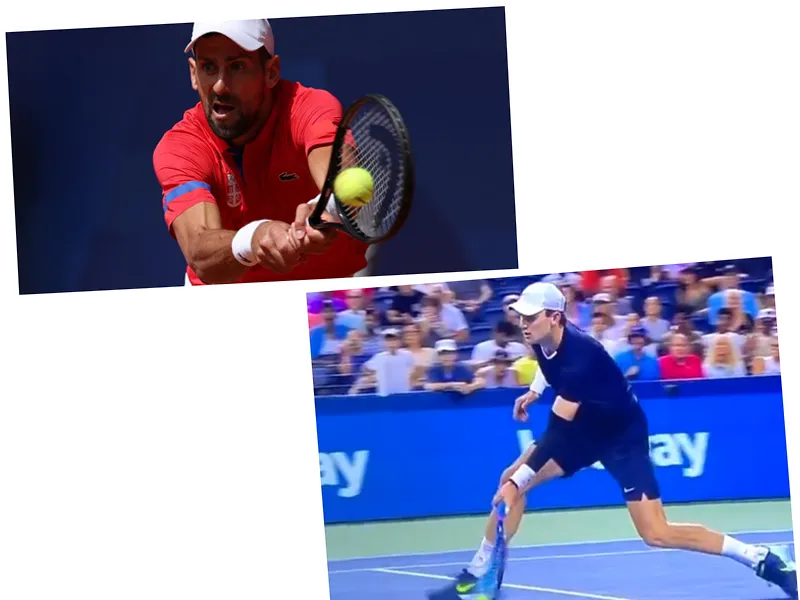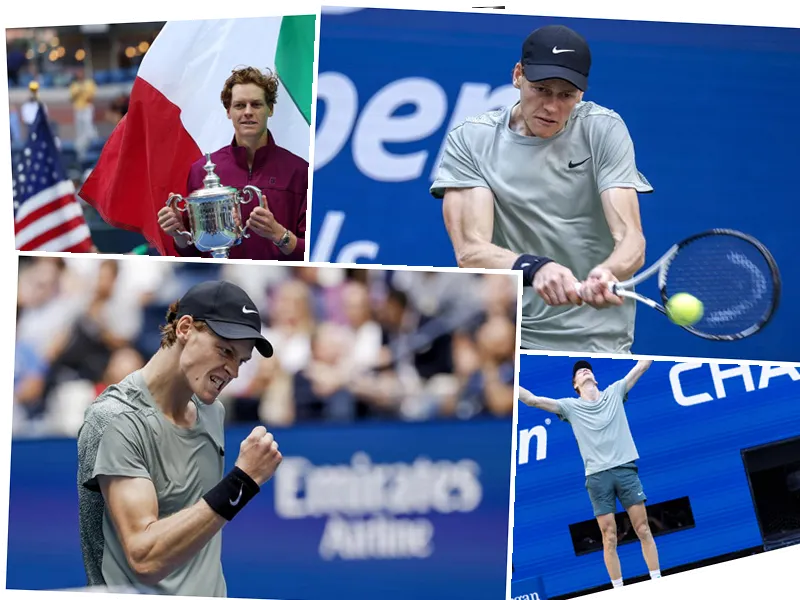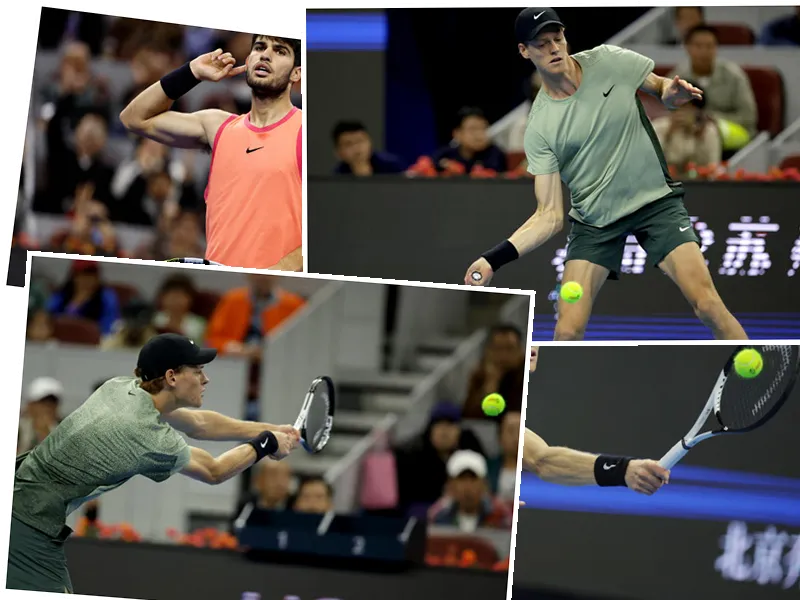Controversial Match Point Sparks Debate in Tennis
In a dramatic turn of events at the Cincinnati Masters 1000, Jack Draper clinched a contentious victory over Felix Auger-Aliassime, advancing to the quarter-finals with a score of 5-7, 6-4, 6-4. The match concluded with a controversial point that has ignited discussions about the need for video assistance in tennis. During the decisive moment, Draper appeared to touch the ball twice before it landed in Auger-Aliassime's court, leading to an uproar from the Canadian player who argued the call with the chair umpire, Greg Allensworth.
The incident has drawn attention not only from fans but also from tennis luminaries like Novak Djokovic, who expressed his frustration on social media. Djokovic highlighted that while technology like Hawkeye exists for line calls, players are often left in the dark regarding crucial calls made during matches. "It's embarrassing that we don't have video replay for these situations on the court," he stated, advocating for a change in the rules that would allow umpires to review and potentially overturn their decisions based on video evidence.
Djokovic and Tsitsipas Weigh In on the Need for Change
The fallout from the match has resonated throughout the tennis community, with Stefanos Tsitsipas also weighing in by sharing video evidence that seemingly supported Auger-Aliassime's claims. The debate has reignited discussions about modernizing tennis rules to attract a younger audience and avoid losing them to sports like paddle tennis and pickleball, as Djokovic previously warned.
As Draper prepares for his next match against Holger Rune, the tennis world is left pondering whether this incident will lead to significant changes in officiating practices. The call for a video review system in tennis is louder than ever, with many believing that it could enhance the fairness and integrity of the sport.
- The contentious point that defined the match occurred after Draper served and volleyed. Auger-Aliassime, having seen the ball bounce, believed he should have been awarded the point. The ensuing discussion between the players and the umpire highlighted the lack of clarity in officiating decisions in high-stakes matches. Draper, while acknowledging the dispute, maintained that he did not see the ball's trajectory clearly. This incident raises broader questions about the rules governing tennis and whether they adequately reflect the advancements in technology available today. Many fans and players alike are advocating for a more transparent system that would allow for real-time reviews of pivotal moments in matches, akin to systems used in other sports.






